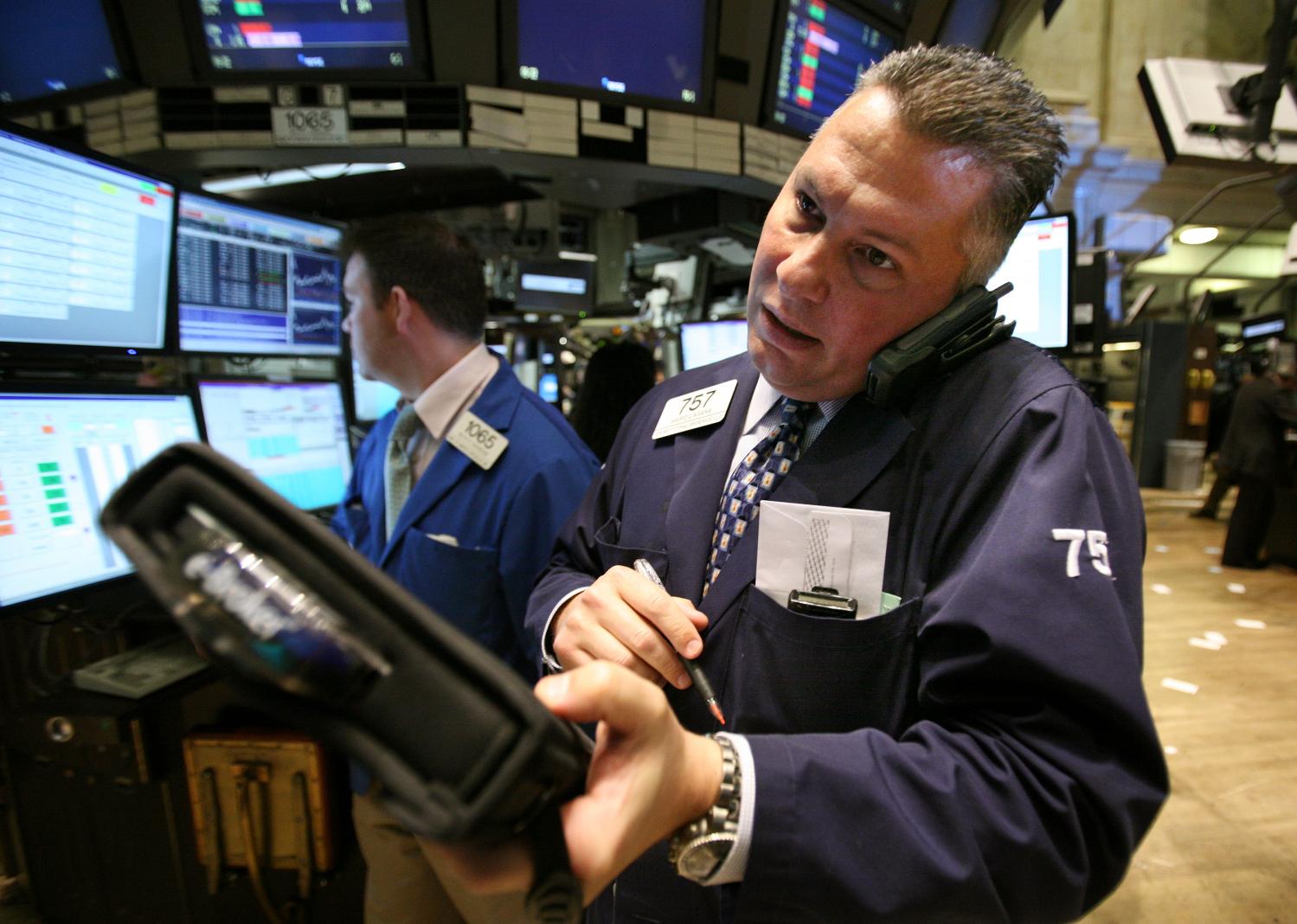Read the full version of this article in Politico, published on June 24, 2021.
Once upon a time, if you tried swiping your debit card to buy something and your bank account was empty what happened was simple: Nothing. The register denied your payment. This happened all the time, particularly to Americans living paycheck-to-paycheck.
Then banks figured out that they could cover the overdraft for their customers with little risk and charge quite a lot for the service. It is hard for people to keep track of just how much is in their bank account, particularly since deposits including direct deposits can take days to post to the account.
Overdraft fees can be high, often $35, sometimes charged for each swipe of your debit card when you are out of money. This fee has become big money for banks, generating more than $31 billion in revenues in 2020. It has also become a major cost for tens of millions of families: One out of eleven Americans spends $350 or more a year in overdraft fees. Overdraft is one of many reasons why it is expensive to be poor in America.
Overdrafts are bigger business for some banks than others. JPMorgan Chase collected the most of any bank, more than $2 billion in 2019, which works out to more than $35 in overdraft fees per account. Sen. Elizabeth Warren (D-Mass.) called JPMorgan Chase CEO Jamie Dimon “star of the overdraft show” at a recent Senate hearing. Even when compared to other big banks, JPMorgan Chase earns a lot more in overdraft; Citibank, by contrast, averaged just over $5 per account.
But stopping the analysis with the largest banks misses an important reality: A handful of smaller banks are the true overdraft giants.
Read the rest of this article in Politico, published on June 24, 2021.

The Brookings Institution is committed to quality, independence, and impact.
We are supported by a diverse array of funders. In line with our values and policies, each Brookings publication represents the sole views of its author(s).





Commentary
Op-edOverdraft fees are big money for small banks
June 25, 2021